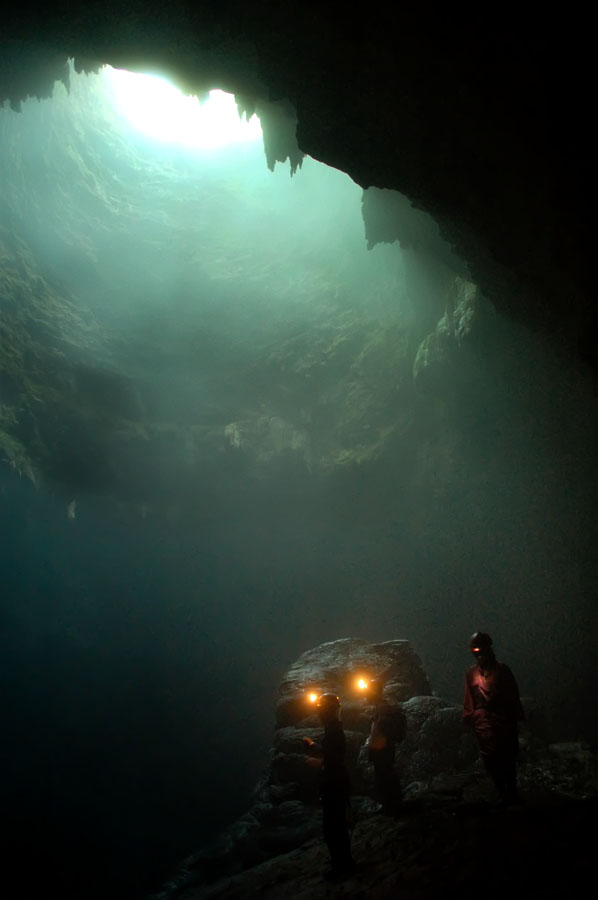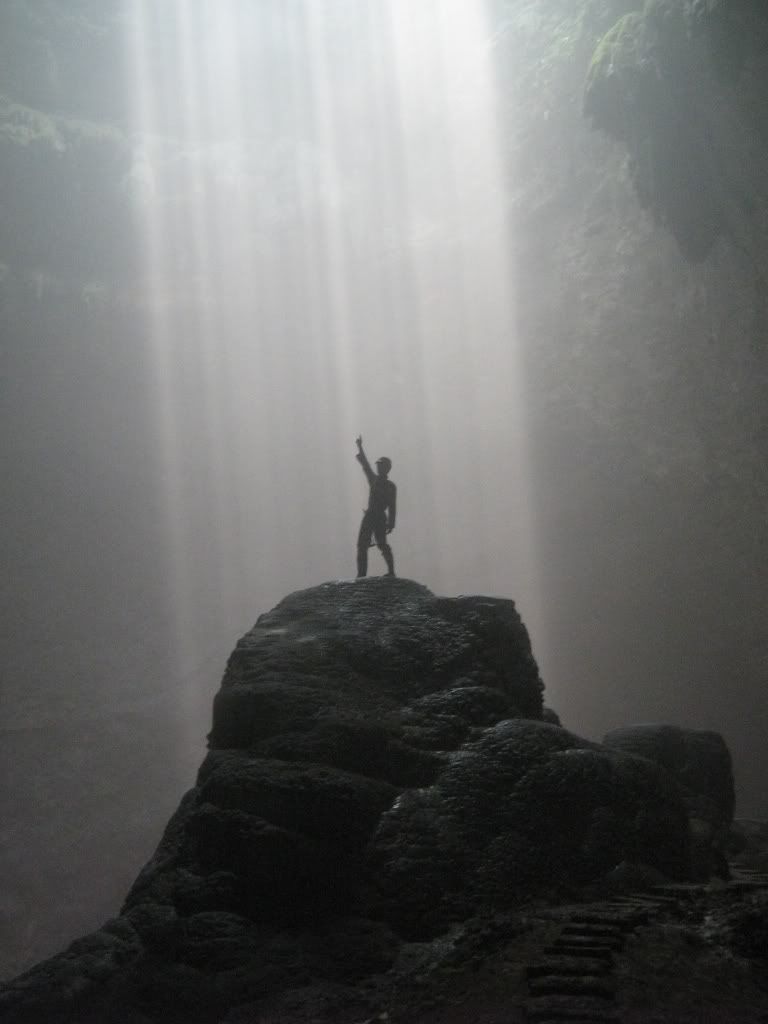 Kotagede is often referred to as Sargede located approximately five kilometers southeast of Yogyakarta. In this area, tourists can visit the tomb of the Kings of Mataram as Sutowijoyo or Ngabei Market Loring, founder of the Mataram kingdom which was dubbed Panembahan Senopati. There is also a unique tomb of Ki Ageng Mangir, namely in-law and once the enemy Panembahan Senopati. His body was buried outside the complex.
Kotagede is often referred to as Sargede located approximately five kilometers southeast of Yogyakarta. In this area, tourists can visit the tomb of the Kings of Mataram as Sutowijoyo or Ngabei Market Loring, founder of the Mataram kingdom which was dubbed Panembahan Senopati. There is also a unique tomb of Ki Ageng Mangir, namely in-law and once the enemy Panembahan Senopati. His body was buried outside the complex.A hundred yards from the tomb there is a stone called 'Watu Gilang', the stone used by Panembahan Senopati to hit the head of Ki Ageng Mangir to death. For those who want to get into the tomb had to wear traditional clothing that can be rented on the spot. Tomb of Kings in Kotagede open every Monday 10.00 to 12.00, and Friday. There are the graceful gate, a pool full of Clarius Melanodermas and yellow tortoise that has lived hundreds of years, people believed that tortoises are miraculous and sacred tomb complex is located within the wall made of white stone and brick.
Tomb complex is divided into 3 parts, namely mosques, tombs and spring. The mosque is located in the eastern part, tomb on the west and spring in the Southwest. The third section is bounded by a concrete wall and was associated with gates. On the first page there are inscriptions that read: Kanjeng Panembahan Senopati, reigns the kingdom of Mataram, Djinawal Year: 1509 Year AD: 1579, Bury Kotagede addition there are also building called the Hall Duda with. Page Secondly, on this page there are 4 buildings, namely building at the corner of Southeast, Northeast, Northwest and Southwest. Third page, there is the main building which consist of 3 buildings called Prabayaksa Ward, Ward and Ward Tajug Witana.
Ward Prabayaksa a wall-walled buildings in this ward there are 72 graves that are made with white marble material, which include tombs Panembahan Senopati, Krapyak Sedo Sultan, Sultan Sepuh, Prince duke Pakualam I, ki Ageng Mangir, PA II, PA III, and PA IV Special to the tomb of Ki Ageng Mangir, partly outside the building and partially inside the building.
Witana ward, in the ward witana have 4 pieces of marble tomb of the ingredient, which is the tomb of Ki Ageng archery and Ki Ageng Mertani Savior. Ward Tajug, inside the building there are 3 pieces of the tomb, the tomb of Nyai Ageng Nis, Prince Jayaprana and Datuk Palembang. In addition to the main building there is another building with a cupola that a smaller size, which is located on the east of the main building. Cupola contains the tombs of descendants of Prince Pakualam I Jagalan Located in the Village, District Banguntapan, Regency precisely in the southern Bantu Kotagede Market.
































